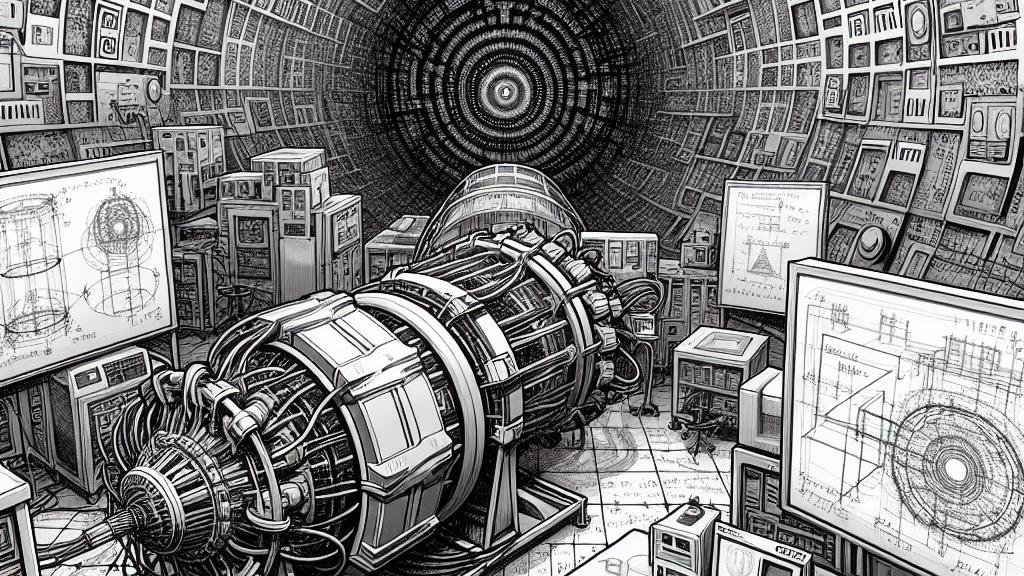Exploring the Future of Neutrino Detection
Overview
- A groundbreaking modular neutrino detector has been introduced at Fermilab, heralding a new era of scientific discovery.
- This advanced detector will significantly improve the quality and efficiency of data collection for the Deep Underground Neutrino Experiment (DUNE).
- By employing innovative machine learning techniques, researchers are poised to fully harness the massive data generated by neutrinos, unlocking deeper insights into the universe.

Introduction to Neutrino Detection
In an exhilarating breakthrough for modern science, researchers at Fermilab in Illinois have unveiled a revolutionary modular neutrino detector. This cutting-edge prototype, developed through collaboration with the U.S. Department of Energy's SLAC National Accelerator Laboratory, has successfully captured its inaugural neutrino interactions. This milestone represents not merely a technical achievement but a significant step toward answering profound questions about the nature of matter itself. The Deep Underground Neutrino Experiment (DUNE) is at the forefront of this endeavor, aiming to unveil the mysteries surrounding neutrinos—those elusive particles that traverse the universe, yet interact so weakly with normal matter that they typically go unnoticed.
The Role of Advanced Engineering
The intricate design of the 2×2 prototype detector showcases exceptional engineering ingenuity. Comprising four meticulously aligned modules, this design faces the formidable challenges imposed by the extreme cold conditions within the liquid argon medium. Flexible yet robust, each module plays a vital role in accurately detecting neutrinos. For instance, the success of high-voltage cathodes hinges on their strategic positioning, which helps prevent damaging electrical arcs that could compromise data integrity. As Knut Skarpaas, a seasoned mechanical engineer at SLAC, evocatively describes it: assembling a detector is akin to orchestrating a symphony, where every component must harmoniously contribute to the overarching scientific goal. This metaphor captures the dedication and collaboration required to develop such an advanced piece of technology, emphasizing the fusion of creativity and innovation in engineering.
Harnessing Machine Learning for Data Insights
With thousands of neutrino interactions occurring each day, processing the vast influx of data presents a complex challenge. Fortunately, the DUNE collaboration has turned to the potent capabilities of machine learning. Imagine having the power to sift through mountains of data and extract meaningful patterns—that's what these advanced algorithms can do! They not only identify trends but also enhance predictions concerning neutrino behavior and oscillations, drawing attention to intriguing questions, such as the possibility of sterile neutrinos. This concept, which has long fascinated physicists, might hold the key to understanding variations in neutrino types and their oscillation behaviors. This use of machine learning is more than just a tool—it's a transformative method that will revolutionize how scientists analyze data, potentially leading to unprecedented discoveries about the universe. The future of neutrino detection, thus, is inextricably linked with advancements in technology, signaling exciting prospects for the field.

Loading...